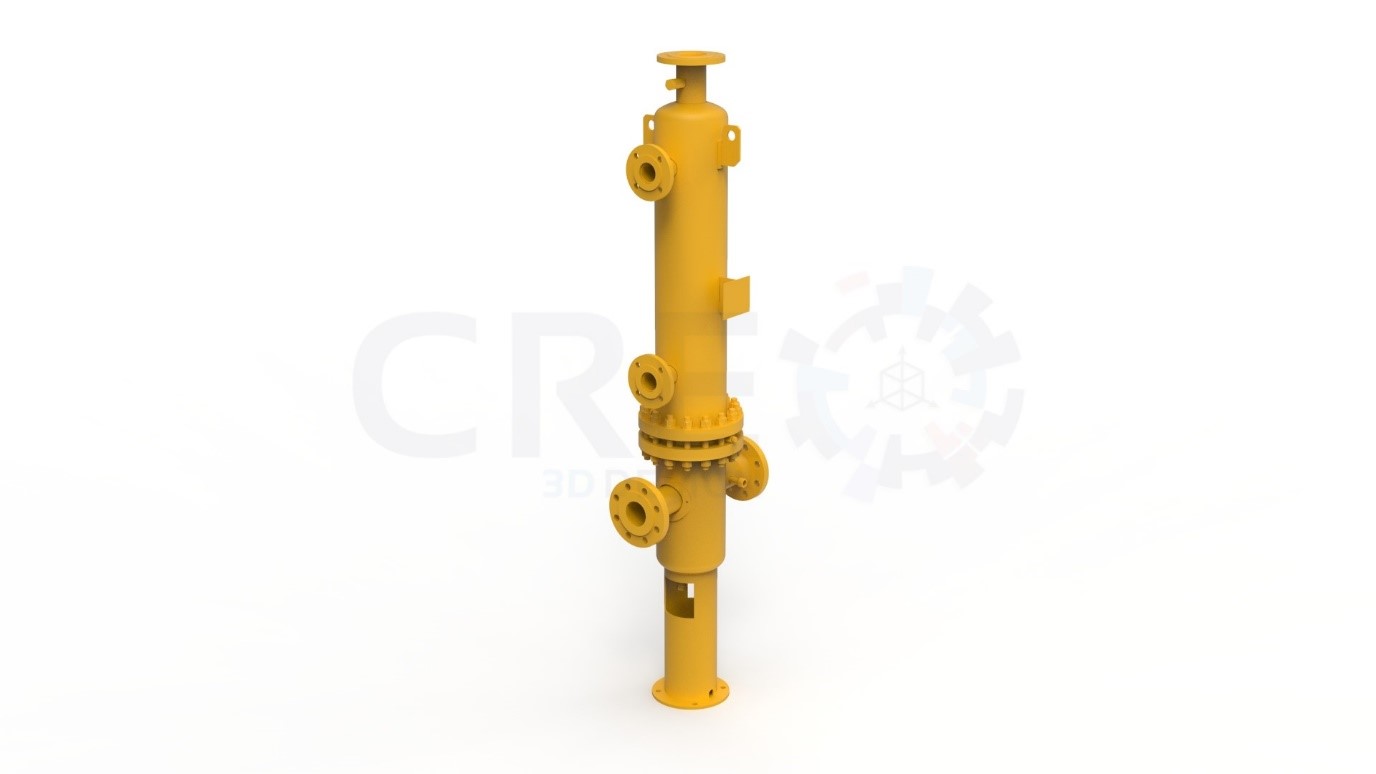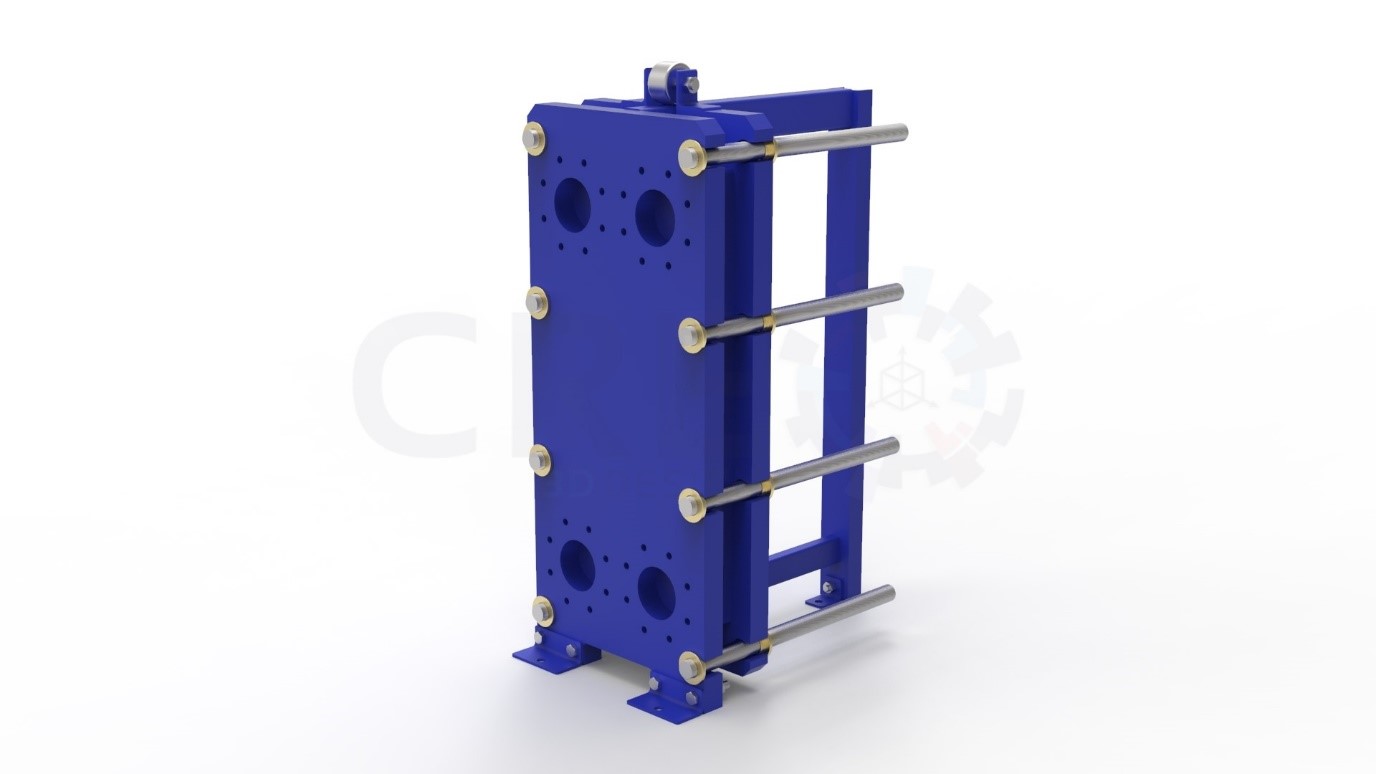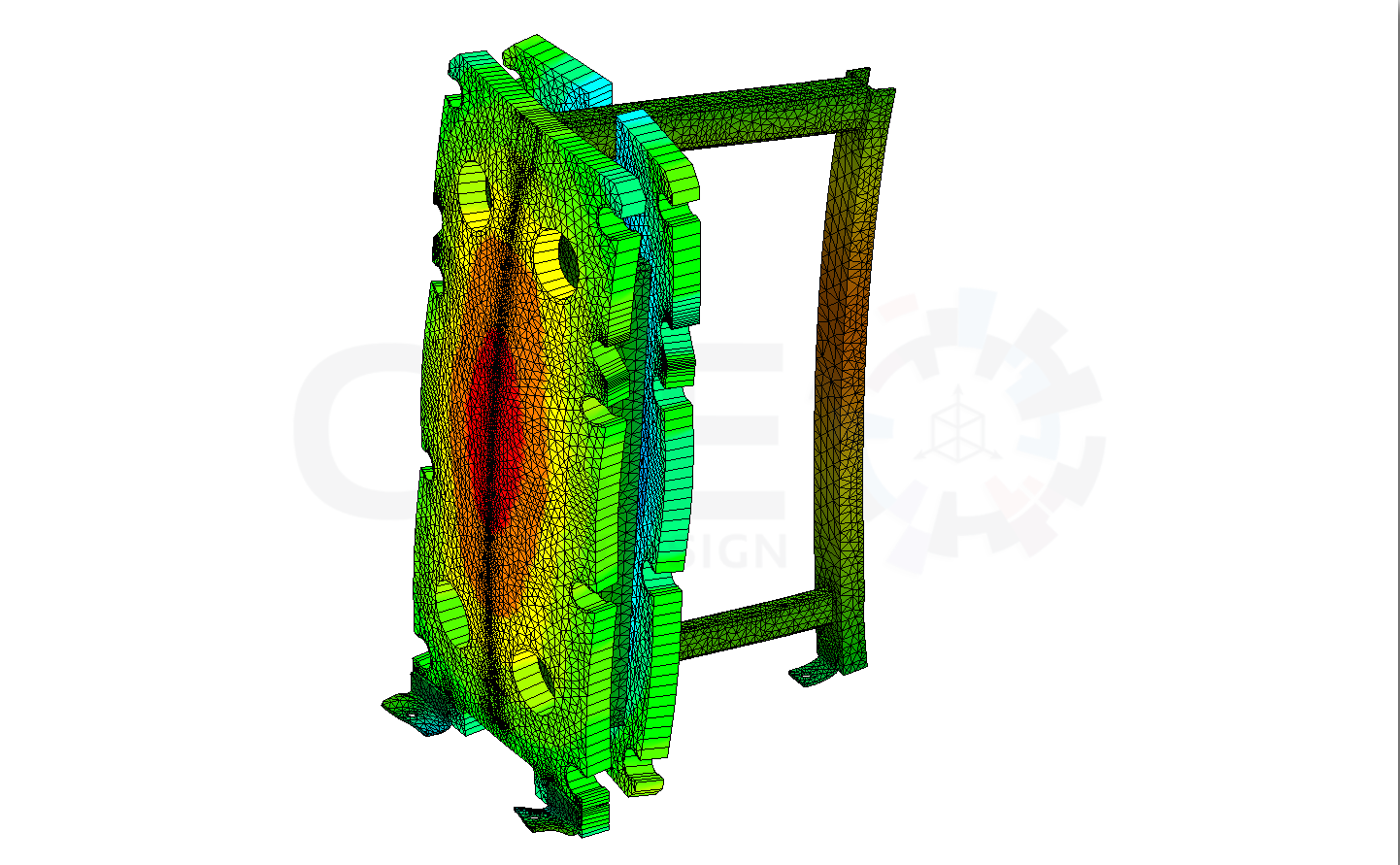„We are Engineers and we know how to make things work right and safely!”
SHELL & TUBE HEAT EXCHANGER DESIGN
A wide range of industries – oil and gas, food, chemical, refrigeration etc. – utilize shell and tube heat exchangers. Exchangers have been given a variety of names, depending on their heat transfer functions. Heat exchanger construction styles may be broadly divided into three categories: fixed tubesheet, u-tube and floating tubesheet, each with its own purpose. They are designed to transfer heat between fluids or gases of different temperatures in order to perform cooling or heating processes on a medium passing it through. A heat exchanger consist of heat-exchanging elements such as a core or matrix containing the heat-transfer surrface, and fluid distribution elements such as headers or tanks, inlet and outlet nozzles or pipes, etc. Usually, there are no moving parts in the heat exchanger. However, there are exceptions. To increase heat transfer area, secondary surfaces known as fins, may be attached to the primary surface. Creo 3D Design Ltd can undertake the mechanical design of all types of shell & tube heat exchangers to most configurations listed in the following codes: TEMA, ASME VIII DIV 1 and EN 13445. We offer complete set of calculations evaluating the compliance with a relevant code, 2D fabrication drawings based on 3D geometry and FEA analysis report if required.
PLATE EXCHANGER DESIGN
The plate and heat exchanger was one of the first compact exchangers to be used in the UK process industries, being originally introduced in 1923 It is currently second to the shell and tube heat exchanger in terms of market share. A plate heat exchanger is a type of a heat exchanger that uses metal plates to transfer heat between two mediums. This has a major advantage over a conventional heat exchanger in that the medium is exposed to a much larger surface area because it is spread out over the plates. These plates are provided with gaskets, partly to seal the space between the adjacent plates and partly to distribute the media between the flow channels. The most common plate material is stainless steel. Plate and heat exchangers were first used in the food and diary industries, where the ability to access plate surfaces for cleaing is imperative. Creo 3D Design Ltd can undertake the mechanical design of plate heat exchangers to the following codes: ASME VIII DIV 1 and EN 13445. For more information please contact us!




